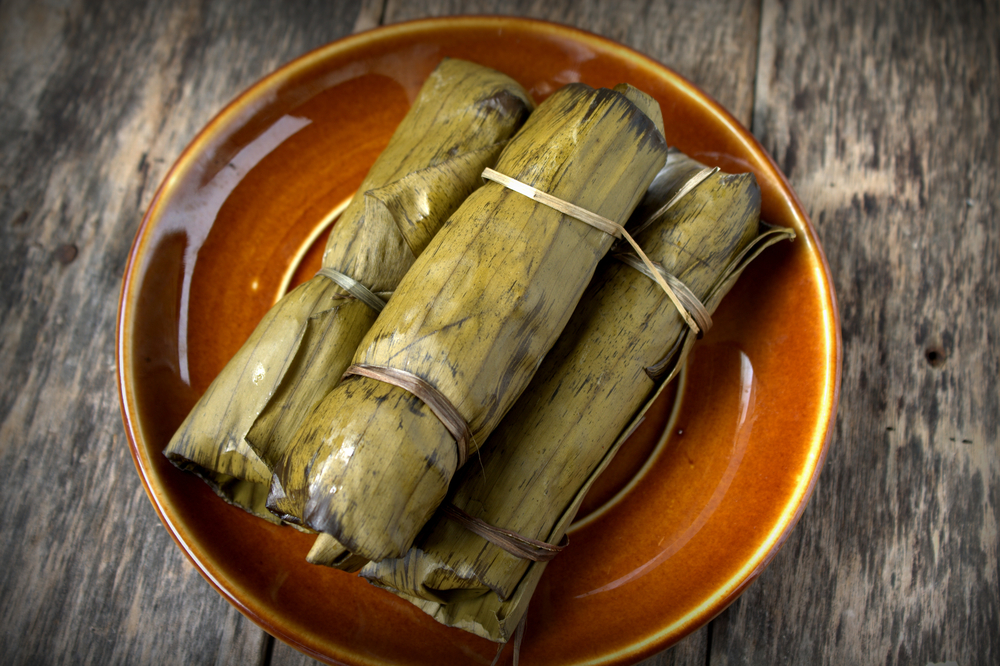Unless you’re a sommelier, wine pairings can be a challenge cloaked in fear, confusion, and shame. (“That wine store clerk knows I don’t know the difference between a Syrah and a Shiraz!”)
And wine pairings for Latin food? Olvídalo!
But before you do that, read the below wine buying and wine pairing tips from Jessica Altieri, CEO and editor of Wine Channel TV Digital Network. We asked her which wines pair best with Puerto Rican pasteles. (We also asked her how to pair mofongo.) Here’s what she had to say. [pagebreak]
What are pasteles?
Puerto Rican pasteles are similar to tamales. They’re made with a masa of root vegetables that’s spiced (usually with achiote) and filled with chicken, pork, or seafood and then steamed in a plantain leaf. Every family has their own recipe, some spicy, some not. They’re always savory and traditionally served during the holidays.
What wine flavor, body, and acidity is the best match for pasteles?
This dish comes with a one, two spicy punch so it requires a wine with enough sweetness to combat the heat and cool off our mouths. If you’re not into sweet wines, a zesty red will complement the bold flavors well.
Ultimately, wine pairing can be approached from two angles: either you match the wine’s profile to the food’s profile, or you contrast the wine’s profile to the food’s profile. This choice is a matter of personal taste rather than right or wrong.
Which wines should I buy to serve and eat with pasteles?
To start, you’ll need a wine to stand up to their heartiness and heat. A sweet German Riesling will do the trick by knocking the spiciness out with the sweetness, and countering the pasteles’ richness with a crisp acidity.
If red is more your thing, opt for a vino tinto that’s fermented in stainless steel; a red with too much oak will bring out the heat in this dish even more. A zesty Tempranillo will highlight the spice notes in the dish and make your mouth very, very happy.


![Making Mealtime Matter with La Familia: Easy Sofrito [Video]](https://thelatinkitchen.com/wp-content/uploads/2015/10/sofrito-shutterstock__0-500x383.jpg)
![Easy Latin Smoothies: Goji Berry Smoothie [Video]](https://thelatinkitchen.com/wp-content/uploads/2015/12/goji_berry-shutterstock_-500x383.jpg)
















![Fun and Fast Recipes: Fiesta Cabbage Salad [Video]](https://thelatinkitchen.com/wp-content/uploads/2015/11/fiesta_cabbage_slaw-shutterstock_-500x383.jpg)









